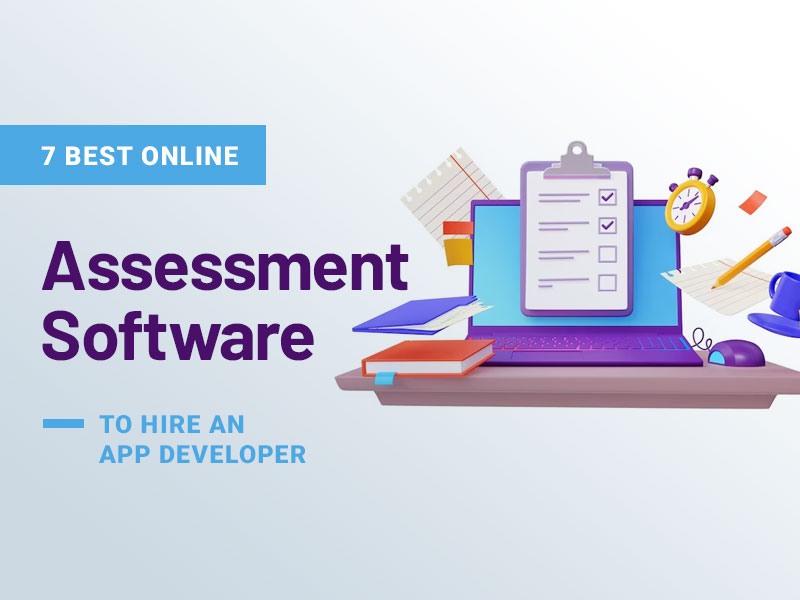Managing people in the office is already a challenging task. You can only imagine how tough it can be to manage a remote team, especially if it’s your first time.
While this notion is true, it’s a responsibility and opportunity you’ll miss out on if you back out. Thankfully, you don’t have to do it alone.
With modern-day technological advances, almost anything can be virtually learned. This includes the management of a remote team within different communication platforms. This can be done effectively with the help of provisioning automation.
For instance, using unified communications (UC) when managing the team allows businesses of all sizes to increase productivity.
UC Today reports that companies can increase productivity by 52% through unified communications adoption. Similarly, UCs can take advantage of automated provisioning tools and provisioning software to boost this innovation.
Here’s how you can better manage a remote team your first time.
Managing a Remote Team
It’s safe to say that flexible remote work setups won’t go away soon. Following the 2020 pandemic, communication platforms have really been a great help in making this possible.
The efforts of managers won’t go unnoticed in keeping the team together despite the dispersed locations. Unified communications enable the team to collaborate within multiple devices using the following features:
- voice calling
- video conferencing
- instant messaging (IM)
- Presence
- content or information-sharing
- emails
Keep these features working at their bests with tools like user provisioning that helps you manage users across multiple systems and applications. Its other features ensure you enjoy the unified communications benefits without problems. When managing a remote team, you will need communication tools that are accessible, accurate, and an asset than a liability.
You can say that you’ve reaped automated provisioning benefits when you achieve higher productivity, accuracy, uptime, and security. Most importantly, new and experienced managers alike find these ways helpful when managing a remote team.
So, how do you manage a remote team when you have never managed people before?
1. Level Up Communication Efforts
Keeping in touch with your remote team and maintaining a communication pattern is found to improve engagement and morale. Simple communication through instant messaging or voice calls goes a long way in engaging your workforce.
Creating a sense of togetherness could increase productivity and job satisfaction for everyone involved. Here are a few things to remember when looking to stay in touch with your remote team.
- Set up scheduled times when you can talk with the team or a team member.
- During virtual conversations, express yourself clearly and pay attention to details.
- Make people feel that they are being heard and their opinions valued.
- Check in on how your team is feeling and find out if they need support or assistance, regardless if it’s work-related.
- Build trust and understanding within your workforce, and ultimately increase morale.
You can also do a group huddle through video conferencing. Stay open to ideas but also set expectations for higher quality performance from the team.
2. Allow Flexibility Within the Team
No one can work properly when overly constrained to doing one thing or two. Let your remote team reach out via email for personal concerns like taking a break or time off.
You can also allow the team to work on various devices but still have access to tasks and projects in real time. Provisioning software within your communication platform offers seamless collaboration, so your team stays on the same page.
Since your team is no longer constrained to a desk and chair, there may be instances that they get more things done at a certain hour and with a particular device. This is something you can allow considering performance metrics are high and consistent.
Lastly, offload complex tasks within your operations using provisioning tools. This gives your team more time to work on individual projects. According to Forbes, flexibility at work is the most important leadership skill.
3. Keep the Team Updated
When managing a remote team, ensure you keep everyone in the loop with work updates regardless of their role. Leaving others out may cause uncertainties and lower employee engagement.
This is also a way of preventing errors or honest mistakes due to misinformation or lack thereof. Automated provisioning tools within your communication platform allow smooth information-sharing and transparency.
Your team will be able to recognize this initiative and reflect upon your genuine concern. Ultimately, staying updated keeps your team organized and motivated because they know exactly what needs to be done.
4. Check on Employee’s Well-being
This is a very important role you can portray as a manager. Reassure your team that their well-being is of utmost concern.
This includes always checking out for them regarding their safety. Such genuine concern can help build strong relationships and comfort within the workplace environment.
Taking an active role in ensuring their well-being will encourage productivity at the end of the day. There’s nothing more engaging than knowing you are working in a safe space.
This goes beyond just watching out for their stress and engagement levels. No matter where in the world your employees are, implementing global employee rewards programmes will show appreciation and respect for their ideas and welfare.
In the long run, you’ll manage to create an atmosphere of trust and respect among your remote team members. It goes without saying that this leads to better collaboration and improved performance.
5. Allow Smooth Access to Various Resources
It helps to allow remote employees access to multiple UC applications with the help of provisioning automation. Your remote employees should be able to:
- Access projects
- Check schedules
- Collaborate with colleagues from any location
Conclusion
Managing a remote team for the first time can lead in two ways. You may get overboard on the management scale or end up too constrained for some reason.
Always identify the fine line between going too far or micromanaging, and being limited with your management skills and techniques.
In other words, strike the right balance, so that you don’t overburden or undervalue your team. A great way to start is by understanding how different team members prefer to be managed. Set clear and proper expectations, such as goals and deadlines, and provide every necessary resource.
Establishing open lines of communication between management and the remote employees is also an opportunity to discuss personal and business challenges. It allows managers to provide their teams with clear direction and guidance.
Furthermore, two-way communication gives employees the chance to share feedback and ask questions. As long as you’re proactive with your management, engaging a remote team is possible. Most importantly, good communication is essential for creating a productive, successful team.







